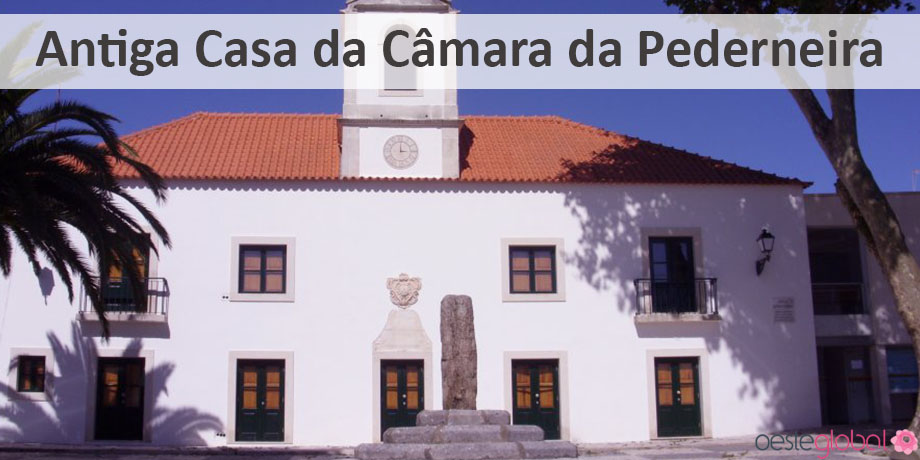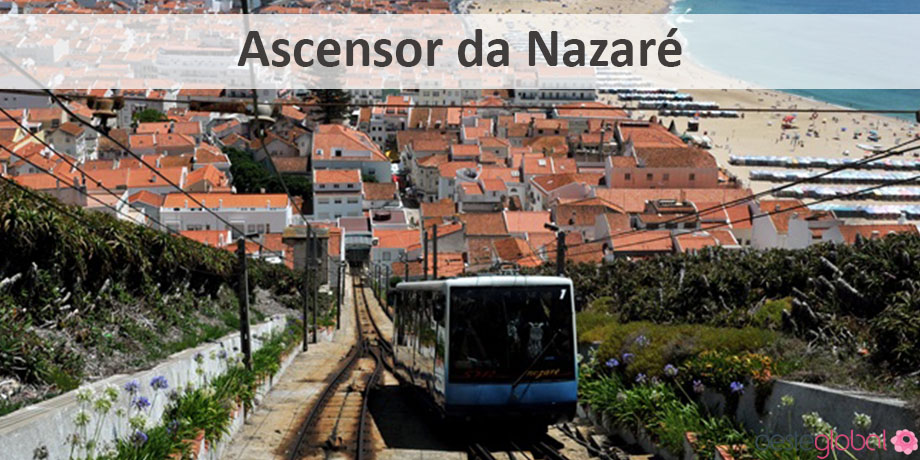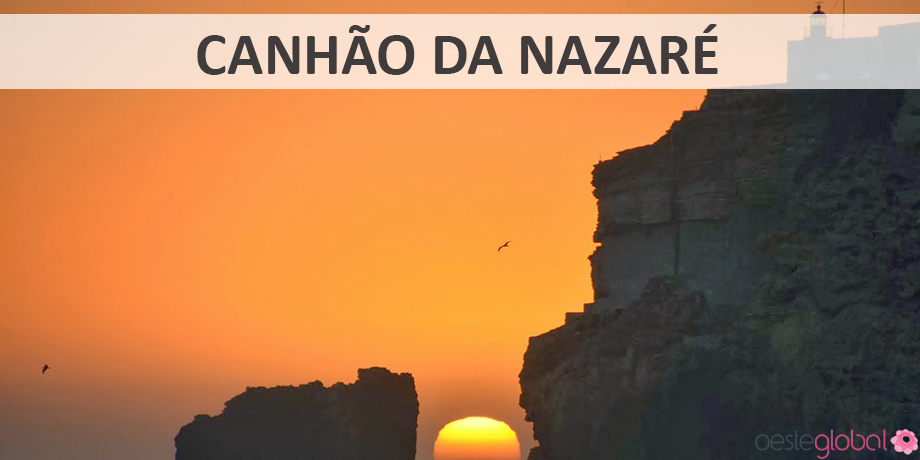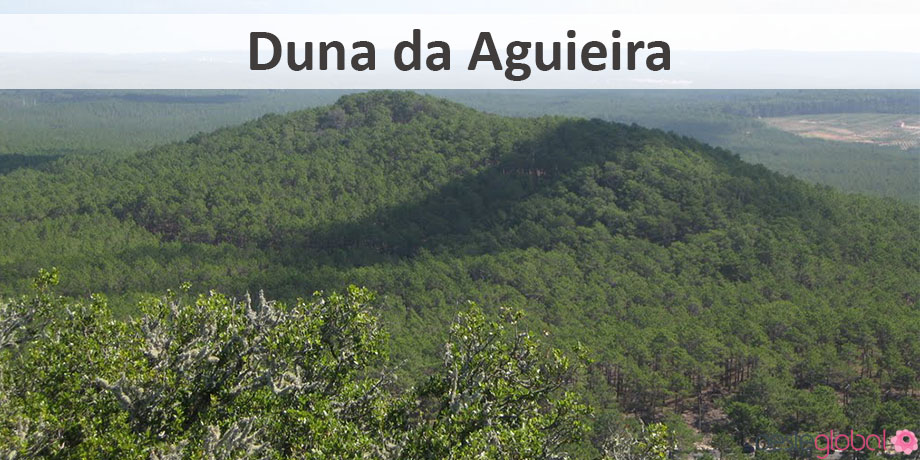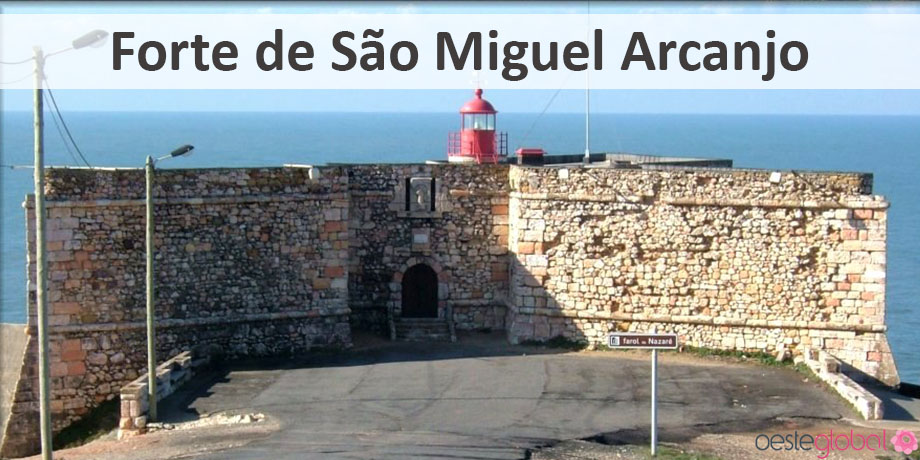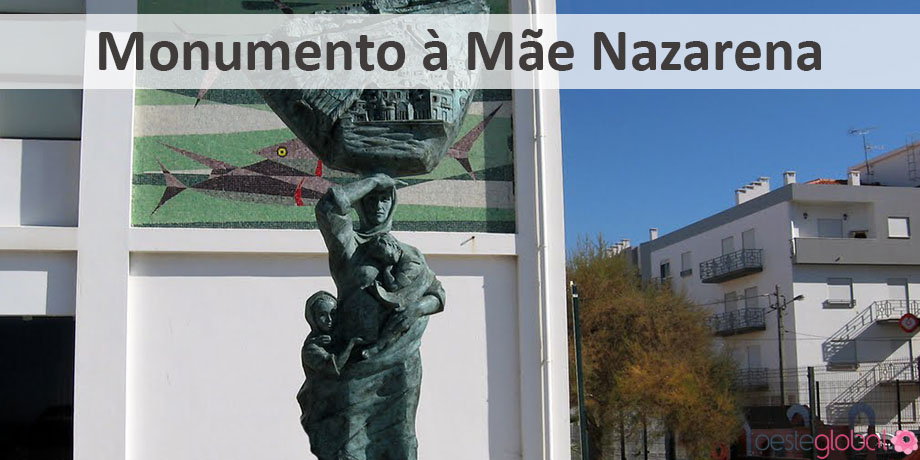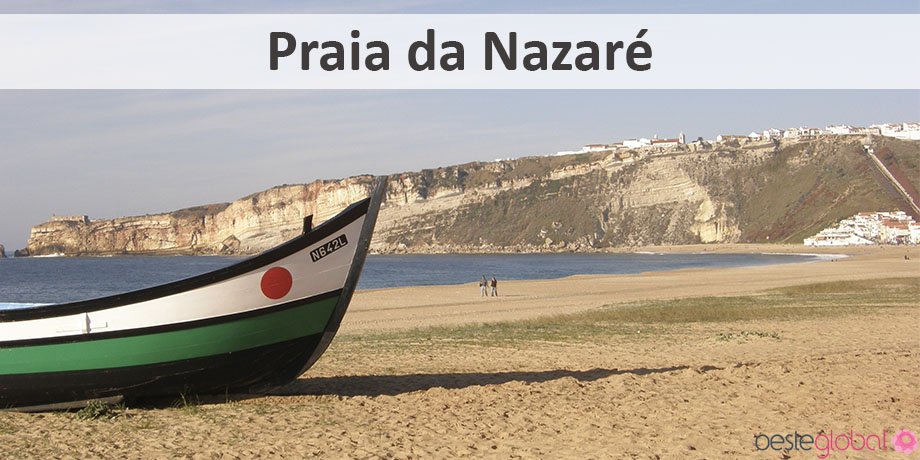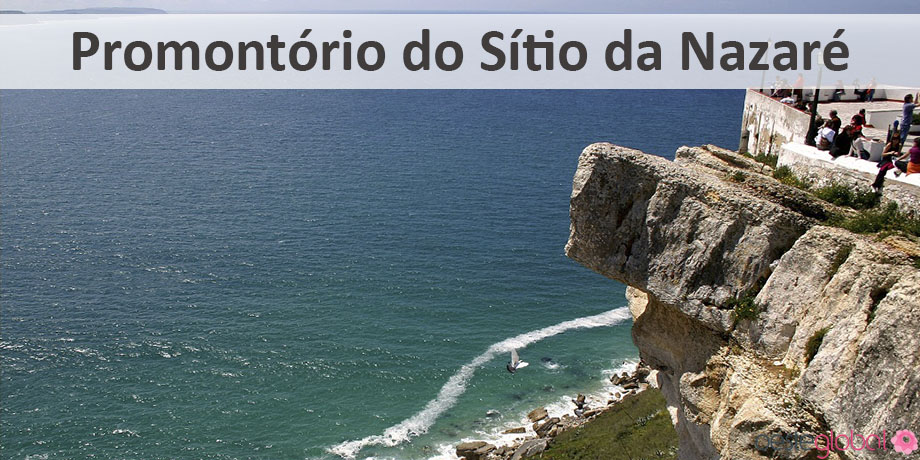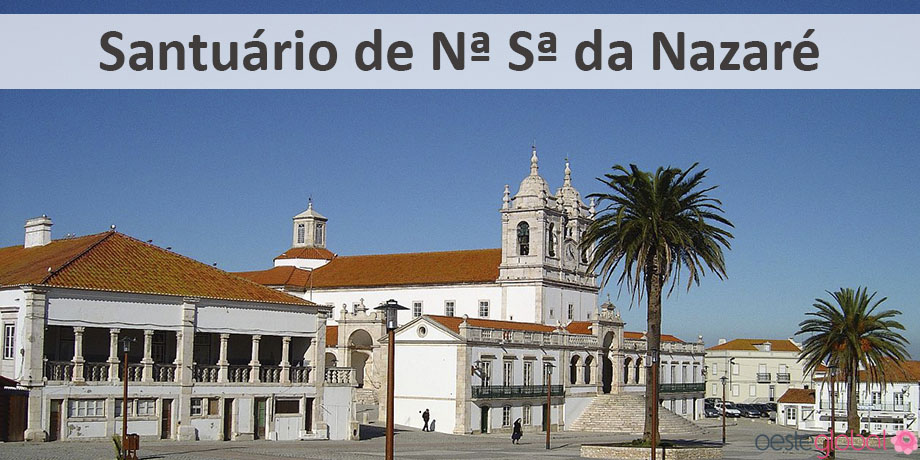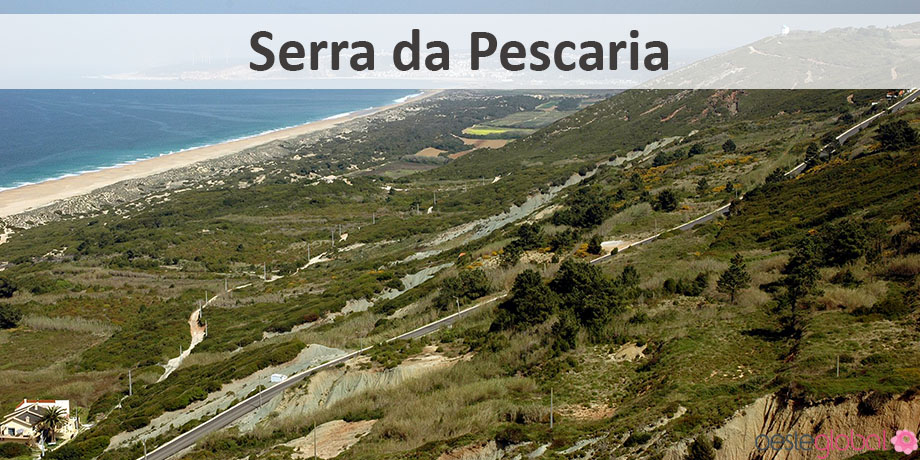Nazaré
Visit: Heritage | Nature| Beaches |
The county of Nazaré is located in the district of Leiria, near the Atlantic Ocean and consists of three parishes: Famalicão, Nazaré and Valado dos Frades. This county is served by good transport links, being an hour from Lisbon and two from Porto. Together, the A8 (Lisboa-Leiria), A1 (Leiria node) and the A15 connecting the county to the interior of the country. Made up of a great historical and cultural heritage value, religious and natural, visitors can not enjoy such but also a good food and good hospitality.
The origin of the site of the promontory of the settlement is in natural conditions and in the religious sense, from the Our Lady of Nazareth. With a complicated access, this site began to develop in the mid-seventeenth century. In 1889, with the installation of mechanical lift, which established link between the site and the beach of Nazaré, this has enhanced the population and facilitate access to pilgrims and pilgrims. Its historical and religious interest, along with the unparalleled nature are the attractions of the Nazaré.
Already Nazaré Beach has a more recent human occupation, and the first references on fishing in Nazareth dating back to 1643, but only at the beginning of eight is that the population begins to settle on the sand. Currently, this area is occupied by houses, but once found itself occupied by coastal dunes, cut the mouth of the Alcoa River, which flowed south of the fishing port, happening some of the river bed changes that contributed to the diversification of the local geology.
The fishermen lived in the higher areas, such as the site and Flint, as occurred Algerian and Dutch pirates attacks, making the unsafe beach. After the French invasion in the nineteenth century, the areal met security conditions for fixing the fishermen. In this same century, Nazareth began to be recognized and sought after, not only for bathing beaches, but by its nature and tipicismo. In the 60s, tourism understood the village’s potential, promoting it internationally. The fishing, processing and sales were the main activities of the Nazarene population during the twentieth century, however, fishing was a hard and dangerous activity, which leads many fishermen to seek another lifestyle. In the early eighties, with construction of the Fishing Port and Recreation, fishermen’s life changed for the better, starting a new phase of everyday village life.
The Nazareth is annually visited by thousands of domestic and international tourists, allowing its evolution into a modern village.




